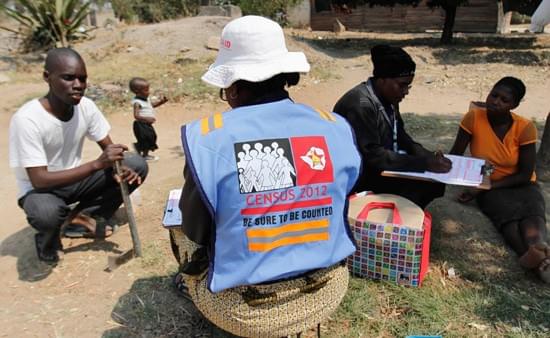Former Minister of Foreign Affairs Walter Mzembi has urged the Zimbabwean government to promote population growth at policy level.
He says the country is losing a chunk of its population to the diaspora and should close the gap.
“Africa is the now opportunity continent, natural resources, a youth bulge and 1 billion plus market.
“There are countries less endowed than Zimbabwe but whose advantage over us is the internal market, in our case birth controlled for decades.
“Its time to really review & incentivise population growth at policy level so we catch up. Be fruitful & multiply especially with our population losses to the Diaspora,” he says.
Zimbabwe released the 2022 Population and Housing Census Preliminary Results which has shown, among other things that Zimbabwe’s population has increased by 16.2% and now stands at 15.1 million people from the 13 million people in the last census in 2012.
This gives an annual population growth rate of 1.5%.
The population of Zimbabwe as at 20th April 2022 was 15 178 979, of which 7 289 558 (48 percent) were male and 7 889 421 (52 percent) were female, giving a sex ratio of 92 males for every 100 females.
Given the 2012 population size of 13 061 329, this gives an annual population growth rate of 1.5 percent. The population constituted 3 818 992 households, giving an average of 4 persons per household.
Given a land area of 390,757 square kilometres, the resultant population density stood at 39 persons per square kilometre.
Harare remains the most populous province with 16% of the total population residing in the province, followed by Manicaland (13.4 percent) and Mashonalnd West (12.5 percent), while the least populous provinces are Bulawayo (4.4 percent), Matabeleland South (5 percent) and Matabeleland North (5.5 percent).
The share of urban population has increased from 33 percent in 2012 to 39 percent in 2022.
Source ZW news









